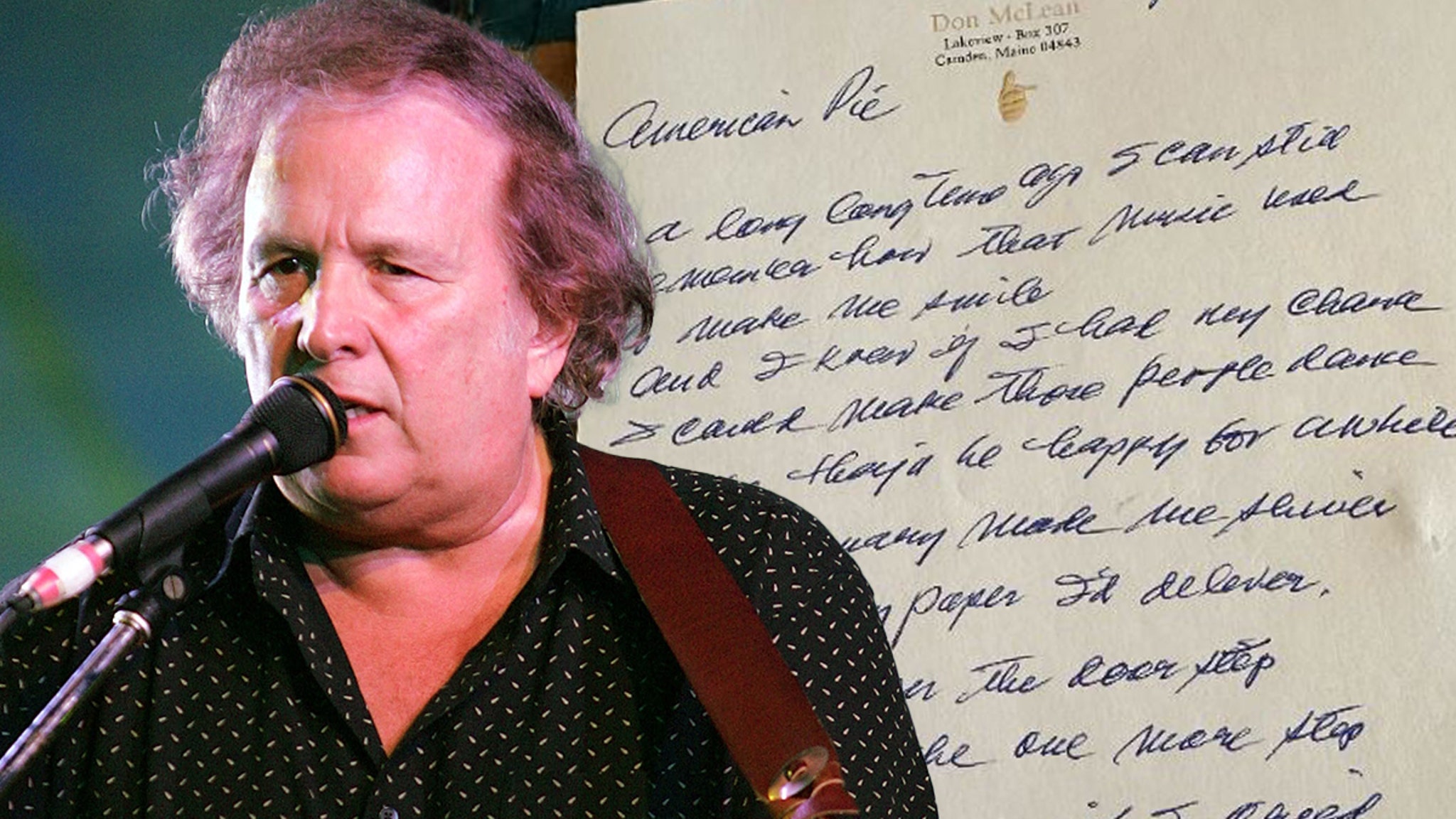Culture
Jeremy O. Harris’s ‘Slave Play’ Documentary Is Fueled by Experimental Films

Jeremy O. Harris’s new documentary — titled “Slave Play. Not A Movie. A Play.” — is ostensibly focused on acting students rehearsing scenes from his provocative “Slave Play,” which was nominated in 2020 for 12 Tony Awards.
That’s only the beginning.
The documentary, which is streaming on Max, becomes an examination of Harris’s artistic influences and why he wants his play to be seen solely as a work of theater. Part of the strategy is calling back to hallmark experimental documentaries.
“It’s really important to pay homage to these figures who are just now starting to really get the celebration they deserve, but also opened the door for me to do what I’m doing,” Harris said in an interview.
Here are some of the references that informed “Slave Play. Not A Movie. A Play.”:
‘Symbiopsychotaxiplasm: Take One’
Understanding the premise of this making-of-the-making-of documentary requires some investment.
On its first layer, “Symbiopsychotaxiplasm: Take One” (1968) is a screen test filmed in Central Park. On the next, it’s a movie about William Greaves directing the screen test. And then it’s a movie about making a movie about directing a screen test.
Confused? You’re not alone. At one point, the production crew records its own secret meetings, trying to figure out what Greaves wants to make. His final product is a testament to what artistic tension does for collective creativity.
Harris, 35, said he was floored when he first saw the documentary at the age of 19, particularly by the choice to include side-by-side shots of actors that flipped between the cameras filming the actors and the camera filming the filming of the screen test.
Harris used a similar tactic in “Slave Play. Not A Movie. A Play.” To demonstrate the iterative learning of the text of “Slave Play,” he placed frames of different actors in a scene side by side, and did the same with different takes of a scene.
“That immediacy of watching people perform and fail in front of me in these two separate frames really struck me,” he said. “That was a chord I wanted to sample.”
How to watch: Stream it on Max, the Criterion Channel and Kanopy.
‘Portrait of Jason’
The raconteur and self-described hustler Jason Holliday tells tales of life as a Black gay man, pre-Stonewall, in “Portrait of Jason” (1967), all while sliding down a river of booze over the course of a 12-hour interview.
The interactions between Holliday and the documentary’s director, Shirley Clarke, who is white, grow combative as the interview unfolds and she needles Holliday. But Holliday’s role as both subject and storyteller gives him agency, no matter how drunk he is.
In “Slave Play. Not A Movie. A Play.,” Harris drinks with his editor while talking about how the documentary will come together, saying, “If I do this right, it will be my ‘Portrait of Jason.’”
Harris said in the interview that during editing he started to feel uncomfortable that he was the documentary’s subject, but that he saw Holliday as a model for maintaining agency inside a story’s chaos.
“This is also me holding my power as a storyteller and as a maker of my art,” he said.
How to watch: Stream it on the Criterion Channel and Kanopy. Rent it on Amazon.
‘High School’ and ‘Ballet’
Harris is a big fan of the documentary filmmaker Frederick Wiseman, who is known for cinéma vérité slices of American institutions, and highlighted “High School” (1968) and “Ballet” (1995) specifically as influences.
Wiseman edits hundreds of hours of footage that he and another cameraperson collect, and that became a model for the time Harris spent with the actors working on “Slave Play.”
“His own understandings of how to be patient with his subjects was something I was really trying to lean into with being patient with process,” Harris said.
How to watch: Stream both “High School” and “Ballet” on Kanopy.
‘The Act of Killing’ and More
Harris’s other documentary influences include “The Topdog Diaries,” a portrait of the playwright Suzan-Lori Parks, and D.A. Pennebaker’s “Original Cast Album: Company.” The original plan for “Slave Play. Not a Movie. A Play.,” Harris said, was to draw on Joshua Oppenheimer’s “The Act of Killing” by recreating the rehearsal process with the play’s original Yale School of Drama cast.
While writing “Slave Play,” Harris was influenced by many feature films, including dramas set in the antebellum South like “Mandingo,” “Gone With the Wind” and “Slaves”; Spike Lee’s minstrel show satire “Bamboozled”; and the classic foursome comedy “Bob & Carol & Ted & Alice.”
“Not a Movie.” also emphasizes that he watched a lot of TikTok and music videos for research; one montage flips through the many tabs of his internet and film influences.
The range of inspirations, Harris said, adds to what the artist Arthur Jafa has described as the beauty and importance of sampling that Black artists have done for generations.
“The sample is also the archive,” Harris said. “Not only are you lifting, you’re doing an act of remembering and then forcing an audience to remember as well.”






















